Chewing the Fat: The Many Challenges of Planet-Friendly Alternative Fats
11 Mins Read
Fat is key to flavour, texture and functionality, but health and climate problems are pushing the need for sustainable alternatives. However, this industry faces its own challenges.
We’re living in a world where half of all supermarket products contain palm oil, seed oils are a no-go for many consumers, beef tallow is making a comeback, and Michelin-starred chefs are championing oil made from algae.
For better or worse, fats are everywhere. They’re key to making food taste and feel good, and are crucial nutrients, but they can also be bad for our health and the climate.
With many traditional fats – from canola to coconut – under scrutiny for high saturated content or significant deforestation, many companies are innovating to come up with more viable alternatives that work just as well but are better for human and planetary health.
This includes fats made from microbes, plants, the air, and even some combination of these – driving a market set to be worth $6.4B by 2031. But this burgeoning industry comes with many of its own challenges, says a new report by British chef and writer Anthony Warner for New Food Innovation.
“Fat is one of the most important nutrients in our food system, yet one that is commonly demonised and misunderstood,” Warner writes. “There is often a focus on protein when we talk about food system health and sustainability, but fat is equally important.”
The report looks at several novel ways to produce fats, the hurdles they need to overcome, and how innovation can help them do so.
“The consumption of tropical oils, often the only alternative to animal fats in certain food applications, is a significant sustainability and biodiversity issue. The consumption of animal fats also comes with environmental, ethical and health concerns,” the report explains.
“If we want to build a better food system, we need alternatives that are healthy, functional and sustainable. Where those alternatives are going to come from is one of the great food challenges of the next few years.”
Using fermentation to create fats
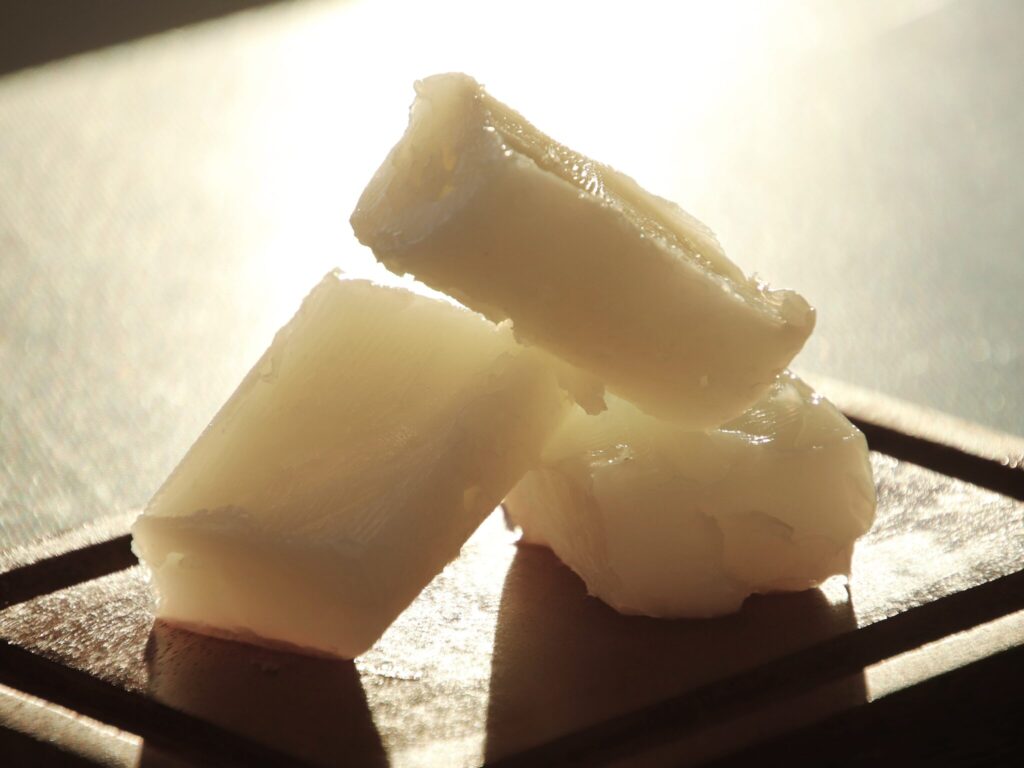
Starting with fermented fats, Waners explains that there are two main approaches to producing fats this way. The first involves selecting microorganisms – like yeasts and fungi – that naturally produce fat and tailoring a process to optimise production. Precision fermentation startups like Nourish Ingredients, Yali Bio, C16 Biosciences, Melt&Marble, and Clean Food Group all fall in this category.
The second approach centres on genetic modification to produce animal-derived fats from microbes, as cultivated fat players such as Hoxton Farms, Mission Barns and Steakholder Foods are doing. But these require expensive and time-consuming novel food applications and “can be considered to be a long way from market”, the report states.
There are other issues here. All these startups are working to replace animal fats and palm oil, both cheap commodities that are favoured by food manufacturers. Fermented fat startups, on the other hand, need time, energy, feedstocks and expensive infrastructure, and are “unlikely to ever produce high yields”.
“The fat will then require extraction, de-flavouring and removal from the aqueous fermentate if it is going to be used in food applications. It is always going to be difficult to compete on price with some of the food industry’s cheapest commodities,” reads the report.
Volume is another major challenge. If a company can produce 20g of a yeast-based palm oil alternative per litre of fermentation capacity, replacing 1% of global palm production would require around 30 million litres of fermentation capacity. But currently, the world’s entire food-grade fermentation capacity is 16 million litres. As the report notes, this is just palm – replacing dairy is an even greater challenge.
While startups are looking to make meat, dairy and fish proteins, as well as ingredients like rennet or mycoprotein, these are far more valuable than commodity fats. “The cleverest fermentation startups are currently looking to target high-value ingredients, understanding that industrial fermentation capacity is [not] going to exceed demand for a very long time to come,” the report states.
Speaking to Green Queen, Warner says the capacity bottleneck is the biggest issue. “If we are serious about producing commodity fats by fermentation, global capacity will need to expand massively, which will be expensive and time-consuming,” he explains.
“Any plan to produce fats by fermentation needs to be explicit about how the capacity issue is going to be addressed. The alternative is to focus on high-value, lower-volume fat fractions for specialist use.”
The power of algae
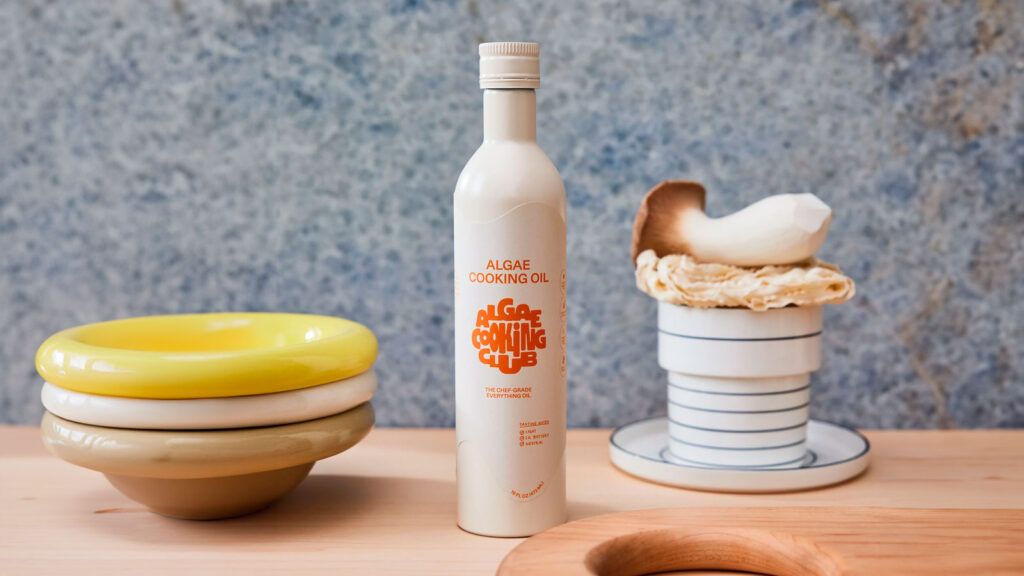
There is another kind of fermented fat: algal oil. Algae Cooking Club has made waves over the last year through its partnership with Eleven Madison Park’s Daniel Humm, but these fats have been around for a while. Corbion, the largest algae oil producer, has been making its fat by feeding microbes on waste sugarcane since 2014 for fish feed, personal care and food manufacturers.
“Despite being a fermented oil produced from a monoculture feedstock, sustainability metrics for algal oils appear to be favourable when compared to other oil crops for measures such as carbon emissions, land and water use,” the report outlines.
Corbion’s large-scale reproduction also proves that these technologies can be commercially viable, but it further shows the importance of inexpensive feedstocks and the need to find a high-value niche.
“Algae-derived fats have been successful in high-value niche products, such as cosmetics and culinary oils, but when it comes to competing with commodity fats like palm or soy, there are significant economic and capacity barriers to overcome,” says Warner.
“Again, it’s going to be about addressing capacity and cost of manufacture. Algal fat products have been proven to work in application, but they need to make sense economically.”
Fats from genetically modified plants
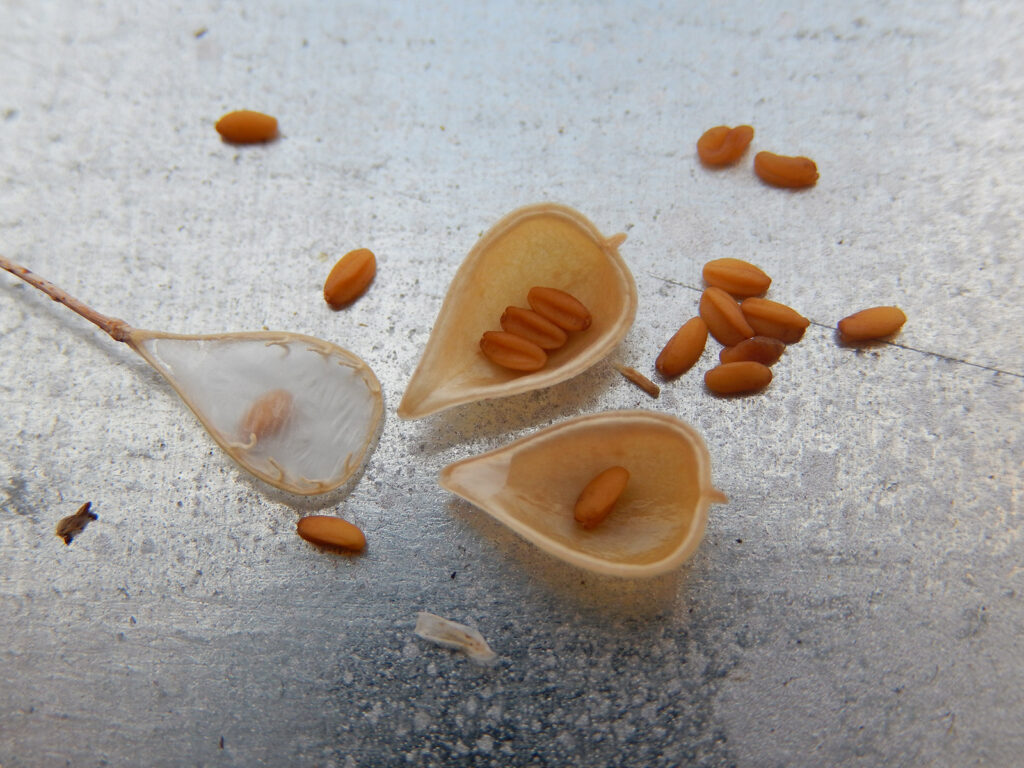
We’ve talked about genetically engineering microbes, but what about doing so with plants? Modifying plants via genetic manipulation or selective breeding could help produce fats, the biggest win being a plant that could grow a palm oil equivalent in a temperate climate (although this would have its own issues of fat solidification on cold days).
A well-known project using this approach is being spearheaded by Professor Johnathan Napier, whose 20-year project at Rothamsted Research aims to create fish oils in a Camelina plant. This involves inserting genes from algae responsible for the biosynthesis of long-chain omega-3 oils.
The report notes how “a few thousand hectares” of these genetically modified plants can meet the entire global demand for fish oils, proving to be a high-value crop for farmers, which can be grown in temperate climates.
Plants provide the most significant environmental benefit of all ongoing GM food projects, and this project is close to commercialisation following trials and seed production being held in the US last year. The Camelina-grown fat can have uses for human food supplements and fortification.
This effort demonstrates how strategic projects can have high commercial and environmental value, and that the path to market is long – as the report explains, “anyone promising quick-to-market GM solutions to large environmental issues [is] probably overlooking the practical realities”. The Camelina project also shows that resistance to genetic modification will likely impact farmers in counties where such technologies are opposed.
Plants are highly efficient at capturing solar energy to create food, and modifying them to produce high-value ingredients is “a more efficient method of production than fermentation tanks”, since there are few limits on their production capacity, and there’s enough infrastructure for oil extraction and processing.
The major obstacle is that “crop science is hard, time-consuming and expensive”. While fermenters with short timelines are tempting for researchers and investors, most of what we eat “will always be derived from crops grown in fields”, the report notes. Until technology can break that link, this will always be the case.
“GM technologies have obvious issues regarding consumer and legislator acceptance. Important work can be done using GM crop technologies, especially when it comes to health, but there needs to be a realism about how time consuming and difficult this sort of work is, potentially taking decades to reach market,” explains Warner. “Then there is approval, which might never be possible in some parts of the world, particularly the EU.”
The paradoxical potential of air-based fats

Fatty acids largely comprise carbon and hydrogen, so in theory, they can be produced without plants. Savor, the Californian startup backed by Bill Gates, recently made headlines for a butter created with carbon dioxide.
While it’s an energy-intensive process, if Savor can use renewable power sources, it would represent a major win for the climate – we could have a fat created with next to no land, and one that captures carbon from the atmosphere.
But the technology to capture atmospheric CO2 has been explored in hydrocarbon fuel production too. “The fact that it is not yet commercially viable to produce diesel in this way perhaps suggests that large-scale production of bakery shortening might be an economic challenge,” the report says.
Another thing to consider is that this tech has only been used to make saturated fats, which aren’t ideal from both health and function perspectives – these fats can crystallise easily and become too hard at room temperature for many uses.
“Blends with plant-derived unsaturated oils can be made with useful properties, including using interesterification, but this presents an interesting dilemma,” notes the report says, since producing fully saturated fats from canola or soybean oil, for example, is possible through hydrogenation.
“In reality, we will be swapping one technology that consumers no longer accept for a different technology that consumers may one day reject, all to produce fats that might not be ideal from a health perspective,” it explains.
Expanding on this, Warner says: “Air-based fats are fascinating because there is the potential to create food without any land, but currently there is no way of stopping the formation of trans fats using these methods, unless completely saturated fats are produced. This will always be an issue regarding health and functionality, requiring blends with paint oils to be made, so limiting usefulness.
“If we can somehow solve the trans fat issue then this technology is potentially an interesting part of the future, but companies can not skirt around the problems. At the moment, air-derived fats face exactly the same issue as hydrogenated fats, which is a technology that has largely been rejected.”
Could emulsions and microgels be the solution?
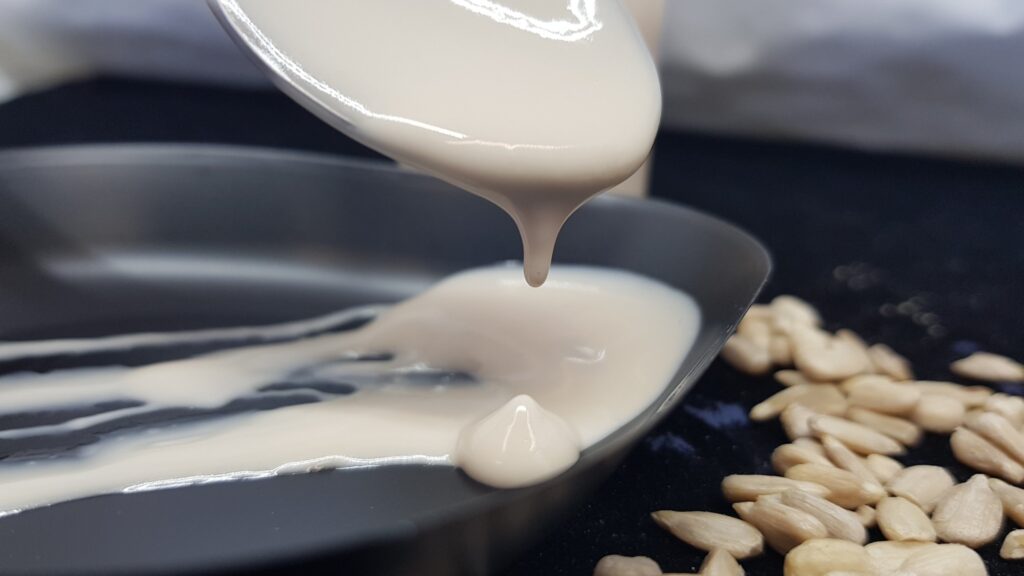
Warner looks at a range of other innovative solutions, from emulsions and oleogels to microgels and oleosomes. Edinburgh’s Palm-Alt is emulsifying non-tropical oils with proteins and water to give them more ‘saturated’ properties, having unveiled a palm oil substitute for bakery products.
The Fat 2.0 created by UK plant-based meat brand THIS, meanwhile, has come up with an olive-oil-base emulsion to promote the health benefits and reduce the level of saturated fat in its chicken, beef and pork analogues.
Another UK startup, MicroLub, has developed microgels of plant proteins, a technology that involves the formation of protein and water gels that are broken into microparticles using a homogeniser. These microgels release water when chewed to create the creamy mouthfeel associated with fats.
Dutch company Time Traveling Milkman, meanwhile, is producing a fat that preserves the naturally occurring oleosomes – micro-droplets for oil storage that are surrounded with a layer of phospholipids to keep the oil stable during emulsions – in sunflower seeds. Instead of disrupting oleosomes to produce liquid oil, the startup is keeping these oil bodies intact during extraction, which has been linked to lower processing levels and digestion resistance.
Then there are oleogels, which involve combining oil with gelators to farm hard structures, giving unsaturated oils some of the functional attributes of harder saturated fats. But this is yet to reach commercialisation, thanks to a lack of availability of food-grade gelators, and regulatory restrictions around their use.
“All these methods rely on different approaches to the processing of existing ingredients, meaning that they are not subject to novel food regulations and have a chance of reaching the market reasonably quickly,” says Warner. “Even combined, they are not the solution to all the problems surrounding fat, but they do offer a suite of different approaches to food innovators looking to improve their products.”
What does the future of alt-fats look like?
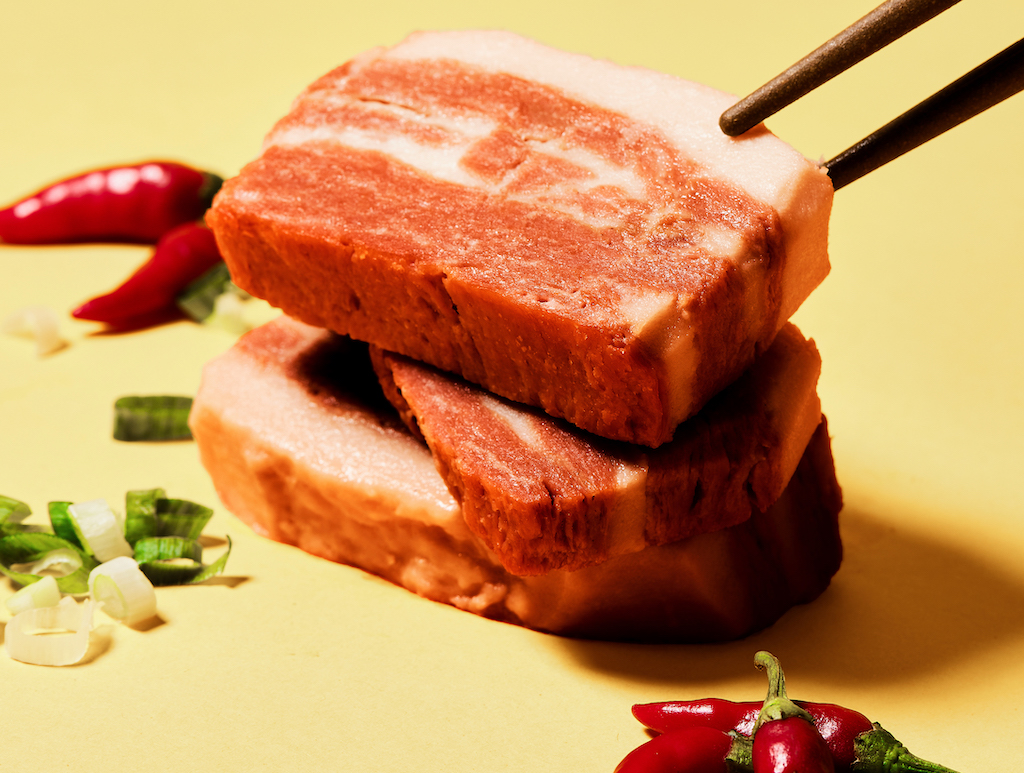
So where does that leave us? The report warns that it’s “incredibly unlikely” that a single breakthrough technology will transform fat production in the next two decades. Despite some European markets seeing the growth of trans-free hydrogenated oil blends, consumer resistance will likely persist in many parts of the world.
Warner also notes that fat isn’t the main driver of crop consumption in many cases of food production. For example, palm is used extensively in animal feed and biofuels, which doesn’t make a lot of sense considering we’re destroying tropical forests to produce more ‘sustainable’ fuels.
The report suggests that several food science approaches can reimagine the use of problematic fats, including cleaver emulsions, functional starches, gels, and fat-like flavourings. Sensory and oral processing can help discover ways to make foods tasty with low levels of fat, while advancements in crop science can make oil production more planet-friendly.
“It is possible that legislative and consumer resistance to technologies such as gene editing will fall as significant environmental and health benefits are realised,” the report adds.
Warner suggests that incremental improvements to the health and climate impacts of fat are probably the best path to a better food system, although they’re unlikely to garner heavy investment.
“The future is likely to involve a combination of approaches. The best way forward will be about understanding exactly what the issues are, and ignoring the bluster and hyperbole of some well-intentioned technology companies,” he says.
“There is unlikely to be a universal solution across all formats. Bakery shortening solutions will be different to plant-based dairy solutions, and these will be different to solutions for plant-based meats or cosmetics. We need to be honest about the current capacity and cost limitations regarding fermentation, and look towards realistic approaches to address them,” adds Warner.
“In my opinion, we need to accept that most food will always be derived from farmers growing stuff in fields, and find ways of doing that in healthier and more sustainable ways.”



